The Puuc style is a distinctive form of Maya architecture that developed and flourished in the Puuc region of the northwestern Yucatán Peninsula, Mexico, during the Late Classic period (approximately between the 6th and 9th centuries AD).
This style is characterized by several specific architectural and decorative elements that set it apart from other Maya architectural styles.
Some of the most notable features of the Puuc style include:
- Smooth lower walls and decorated upper sections: Puuc structures typically have smooth stone lower walls, while the upper sections are richly decorated with stone mosaics.
- Friezes and masks: The friezes (decorative bands) at the top of the buildings are adorned with complex mosaics and geometric figures. The masks, representations of human faces or deities, especially the rain god Chaac, are common in these friezes.
- Columns and pillars: The façades of the buildings often include decorative columns and pillars that can be round or square.
- Chultunes and water collection systems: Since the Puuc region lacks natural water sources, the Maya built chultunes (underground water reservoirs) and water collection systems to gather and store rainwater.
- False arches (or Maya arches): The entrances of the buildings often feature a false arch, a construction technique where stones are placed in progressively closer layers until they meet at the top without needing a true arch.
- Multi-story buildings: In the Puuc style, it is common to find buildings with several superimposed platforms, creating multi-level structures.
- Stone mosaic decoration: The decorations are made by assembling small pieces of limestone, creating complex geometric designs and figures.
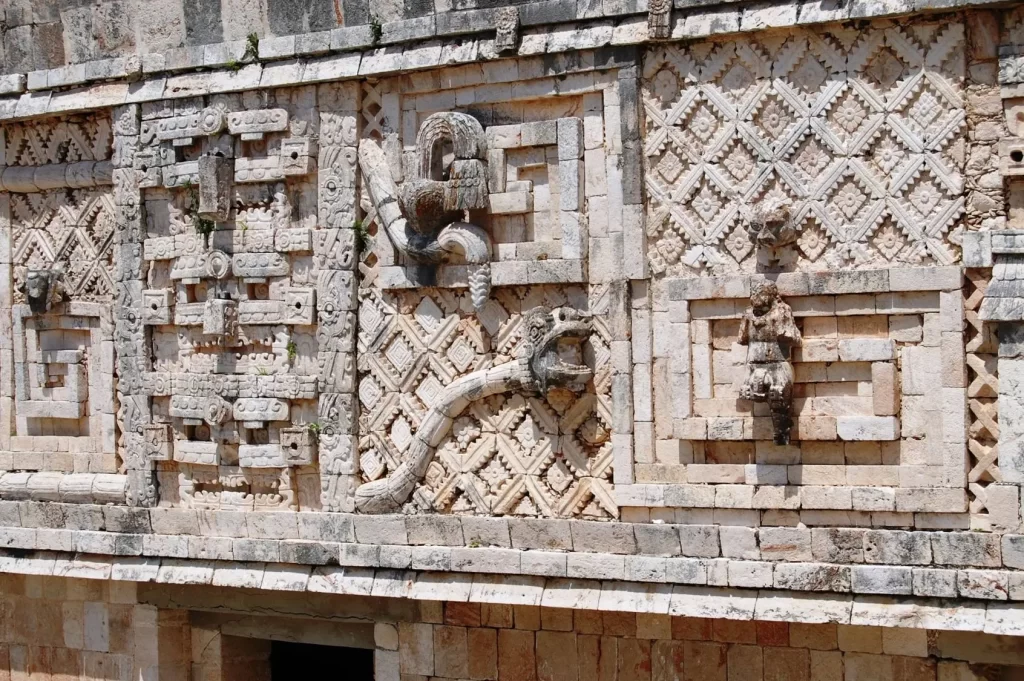
Explore the Treasures of the Puuc Route
Uxmal, Kabah, Sayil, and Labná are some of the most representative sites of Puuc style.
Uxmal Archaelogical Site: City of the Three Times Built
The heart of the Puuc Route is Uxmal, an archaeological gem featuring the imposing Temple of the Masks and the Pyramid of the Magician, testaments to Mayan greatness.
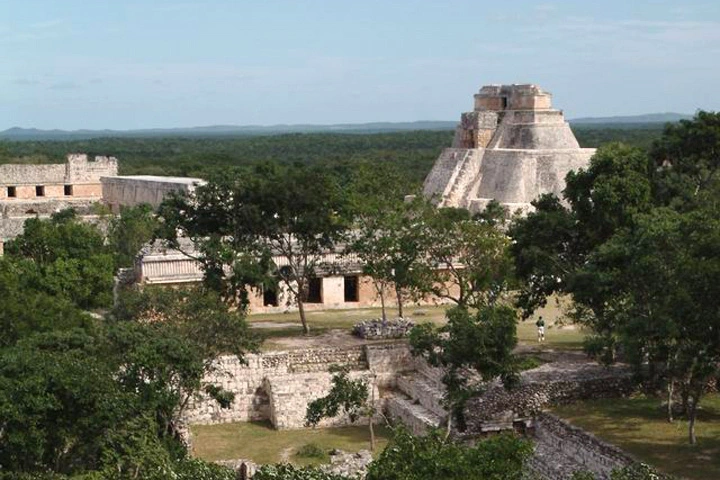
Kabah Archaelogical Site: The Palace of Masks
Just a few kilometers from Uxmal, Kabah boasts the Kabah Arch, fascinating for its hundreds of Chaac masks and palaces showcasing Mayan artistic skills.
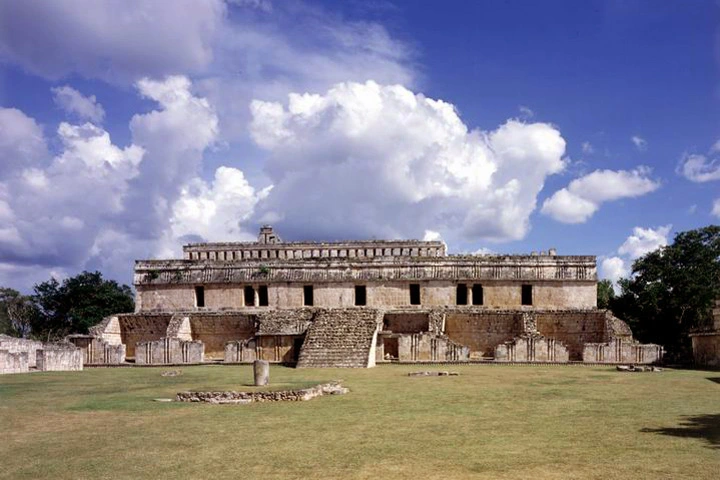
Sayil Archaelogical Site
The Grand Acropolis dominates Sayil’s landscape, offering a captivating view of Puuc architecture.
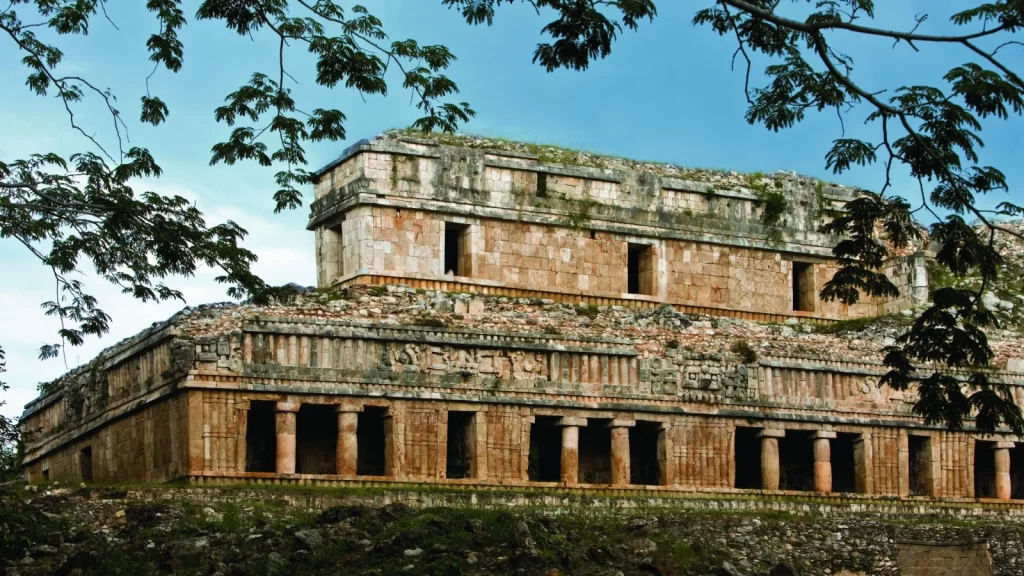
Labná and Xlapak Archaelogical Site: Lesser-Known Treasures
Labná stands out for its triumphal arch, while Xlapak reveals Mayan structures, some adorned with Chaac masks.
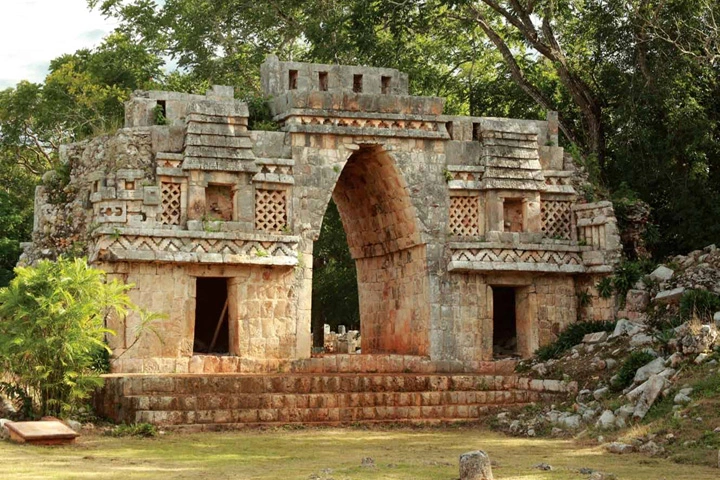
Loltún Caves: Subterranean Mysteries
The Loltún Caves, “Flower of Stone,” conceal evidence of ancient settlements and cave paintings that tell stories dating back 400 to 700 years.
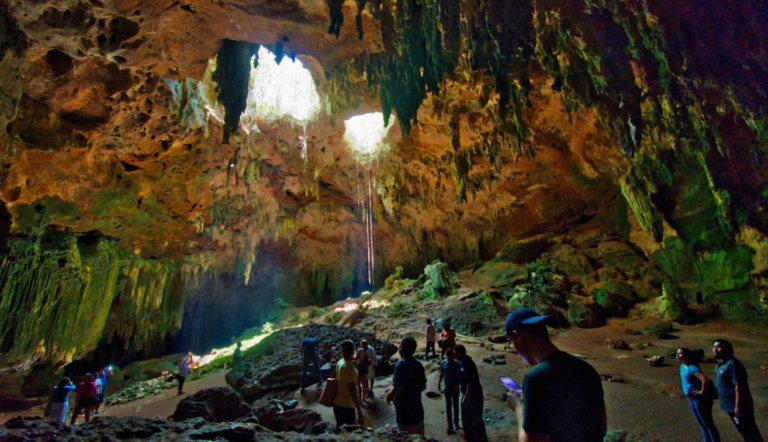
The Maya Train: A Journey of Discovery
The Maya Train, connect multiple destinations, including the Puuc Route, aiming to promote sustainable and accessible tourism. This initiative seeks to preserve and bring closer the cultural and natural richness of the region, facilitating access to archaeological sites and natural areas.
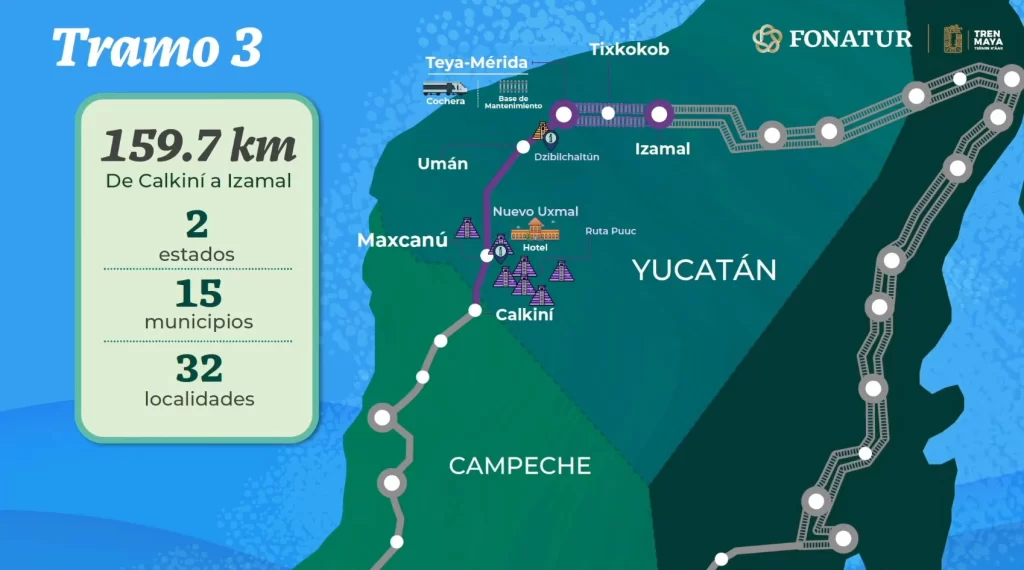
Embark on this Adventure
The Maya Train Route is already transforming how these treasures are accessed, connecting the present with the ancestral legacy and opening the doors to a unique experience on the Yucatán Peninsula.
It’s important to clarify that the Mayan Train doesn’t run through the Puuc Route. Visitors arrive at a nearby Station or Stop and then continue the journey by car or tour.



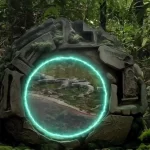

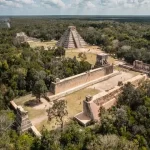

Leave a Reply